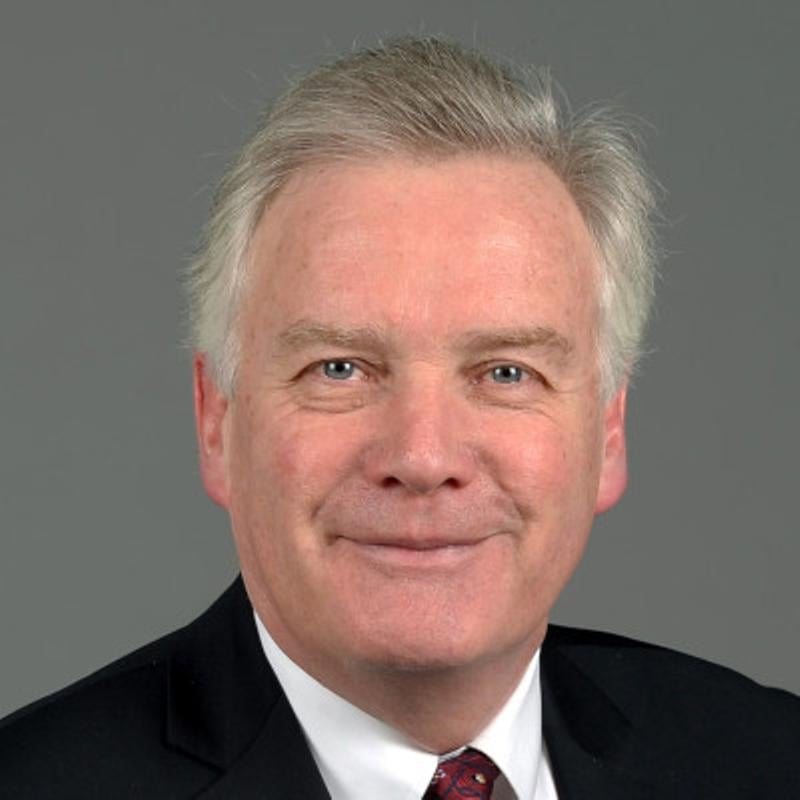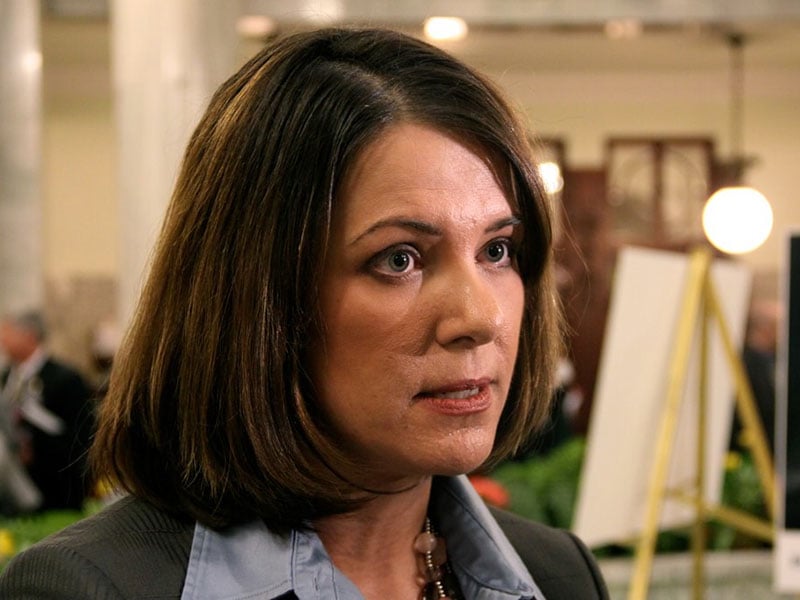Alberta Premier Danielle Smith has a solution to Canada’s carbon emissions: dump them underground in Alberta.
Smith is a proponent of carbon capture and sequestration, or CCS, where carbon dioxide emissions are captured from large industrial emitters, turned into a fluid and injected underground via pipeline. She is such a booster of the technology that during a Dec. 7 news conference from Dubai, where she was attending the COP28 climate summit, she was irrepressibly positive about CCS’s future.
“We have mapped out our entire basin for doing carbon sequestration, which should allow us to store up to or more than 100 billion tonnes of emissions [in Alberta],” said Smith.
“Keep in mind we only produce 256 million tonnes of emissions a year [in Alberta] so we have ample room to be able to sequester all of our emissions, all of Canada’s emissions and more for many decades to come.”
It is an extravagant claim, to say the least.
But does she mean it? I asked her that question during a year-end interview on Dec. 20 in Calgary, pointing out that to be able to transport CO2 from all over the country to Alberta would mean building an immense pipeline infrastructure.
“Let me tell you how we could do it,” replied Smith. “I think you’re beginning to see the beginnings of our plan shaping up here, with for instance, the Inter Pipeline. That’s an ammonia project.
“So what we would do is we would capture the CO2, inject nitrogen, transport it as ammonia and send it to Japan.... That way we are sequestering the CO2 emissions that might otherwise be produced in Japan.”
Smith is referring to an exploratory project with an Alberta company in which Japanese utilities would retrofit existing coal-fired power plants with ammonia to reduce CO2 emissions. It’s a very real idea, although it has been criticized for being expensive with questionable benefits to the environment because it allows coal plants to keep operating.
But what about Smith’s assertion Alberta could be the depository for Canada’s CO2 emissions?
Never mind that most of Canada’s 670 million tonnes per year of emissions are from disparate sources such as people driving cars and farmers tilling their fields and therefore unsuitable for CCS. Transportation, for example, accounts for 22 per cent of emissions.
But let’s say we could capture all 87 million tonnes of emissions from heavy industrial smokestacks every year, and let’s say Albertans won’t be protesting in the streets against becoming the country’s dumping ground; how would we transport it from all over the country to Alberta?
Does she have a plan for the infrastructure?
Smith ducked the question repeatedly and talked about using CCS to reduce emissions from cement plants in Alberta and using carbon capture for Alberta’s proposed multibillion-dollar “blue hydrogen” economy where natural gas is turned into hydrogen and the CO2 emissions are pumped underground.
Alberta does have two CCS projects that sequester one million to two million tonnes a year. Globally, a few dozen projects capture about 40 million tonnes a year.
There are also some “utilization” projects where some CO2 emissions are used to make products such as plastics.
But can we make Alberta the hub of a national CCS system?
The problem is CCS has never lived up to the hype as a magic bullet to solve our emissions problem while allowing us to keep burning fossil fuels. For CCS to make a significant dent in emissions, we would have to stuff hundreds of millions of tonnes underground a year in Canada and billions of tonnes globally.
Smith seems to think that’s doable.
However, the International Energy Agency said in a November report that while CCS can work at small to moderate scales to reduce a limited amount of emissions, we must “let go of the illusion” that “implausibly large” amounts of carbon capture are feasible: “If oil and natural gas consumption were to evolve as projected under today’s policy settings, this would require an inconceivable 32 billion tonnes of carbon captured for utilization or storage by 2050.”
Vaclav Smil, a pragmatic environmental scientist with the University of Manitoba who understands the importance of fossil fuels to the world economy, calls large-scale CCS “magical thinking.”
The author of more than 40 books, Smil says that to sequester a billion or more tonnes of CO2 per year in the United States “would necessitate the creation of an entirely new gas capture-transportation and storage industry that every year would have to handle 1.3 to 2.4 times the volume of current U.S. crude oil production, an industry that took more than 160 years and trillions of dollars to build.”
Smith’s assertion that Alberta would be able to sequester “all of Canada’s emissions and more for many decades to come” is the kind of flippant comment for which she is notorious.
It’s a simplistic and bogus reassurance designed to comfort people when confronted with the reality of dealing with climate change.
But perhaps what’s most concerning is that she’s not alone. In one of the rare occasions where she and the federal government agree, both levels of government are using public money and resources to offer incentives to CCS projects.
They, in turn, are not alone. Governments around the world are doing the same because they simply don’t know how to reduce emissions quickly enough while simultaneously burning fossil fuels.
They are all indulging in “magical thinking,” and it is this thinking that will govern Smith’s pro-fossil-fuel energy and environmental policies into 2024 and beyond. ![]()
Read more: Energy, Politics, Alberta, Environment

















Tyee Commenting Guidelines
Comments that violate guidelines risk being deleted, and violations may result in a temporary or permanent user ban. Maintain the spirit of good conversation to stay in the discussion and be patient with moderators. Comments are reviewed regularly but not in real time.
Do:
Do not: